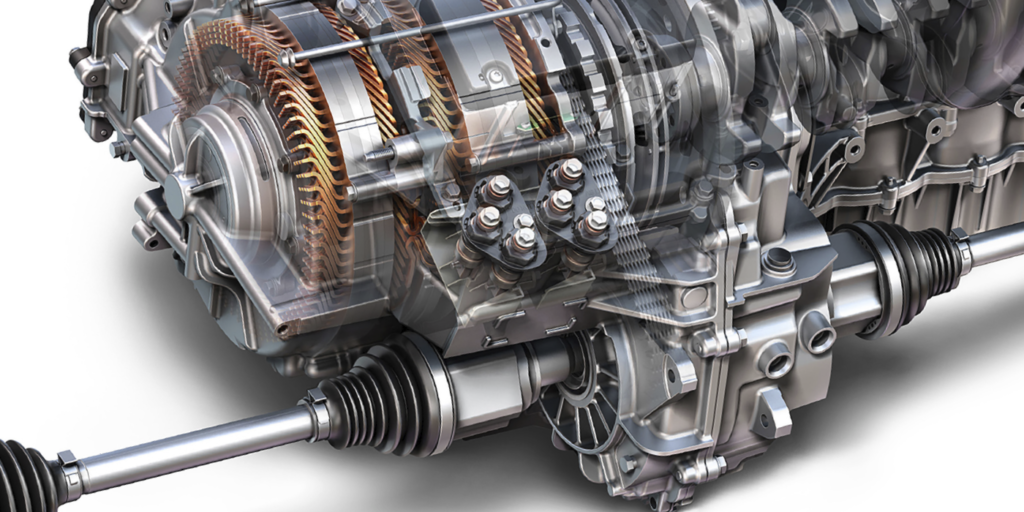While diagnosing a transmission leak on a model with Phase II 4EAT, it’s advisable to inspect the left-side transmission stud area. If the transmission leak originates from this stud, perform the following repair.
Service Procedure:
1. Remove the left front tire.
2. Separate the left-hand stabilizer link from the lower control arm (also referred to as transverse link).
3. Separate the left front ball joint from the lower control arm.
4. Remove the axle shaft pin.
5. Remove the axle shaft from stub shaft and place out of the way.
6. Remove the transmission stud nut from the stud.
7. Remove the transmission stud.
Note: Regardless of the method used to retract the stud from the main case, be sure to inspect the stud for damage and replace if necessary.
8. Wrap the stud (whether it’s old or new) with Teflon tape.
9. Reinstall the stud and tighten the stud to 13 ft.-lbs.
10. Reinstall the stud nut and torque to 30 ft.-lbs.
11. Reinstall the axle shaft, pin, swaybar link, ball joint and tire in reverse order.
Note: Axle shaft pins cannot be used again. Install a new axle shaft pin during reassembly.
Technical service bulletin courtesy of ALLDATA.
For additional information, visit www.alldata.com.













